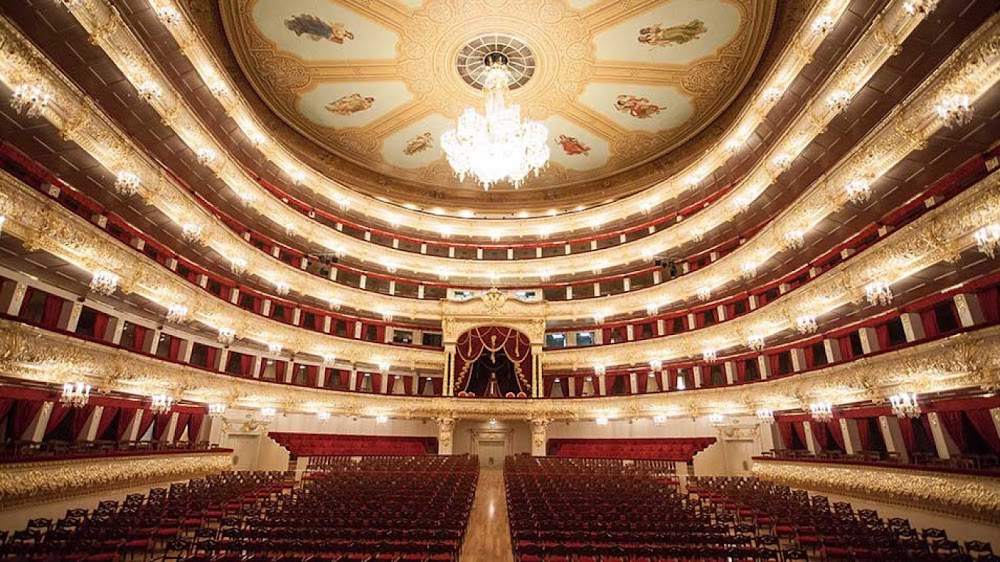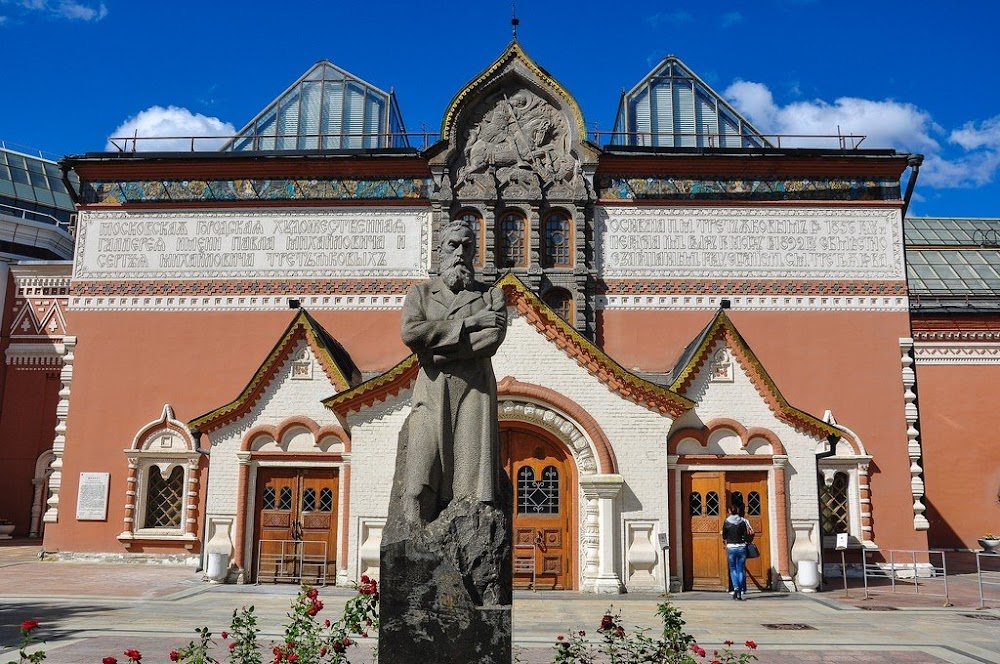GUM (ГУМ)
Overview
GUM: A Historical Shopping Marvel in Moscow
GUM, short for "Glávnyj Universálnyj Magazín," translates to "Main Universal Store" in English. Located alongside the iconic Red Square in Moscow, this renowned shopping mall is not merely a retail destination; it is a stunning architectural landmark with a rich tapestry of history woven into its very fabric.
The Visionary Beginnings
The story of GUM dates back to the late 19th century when the need for a grand shopping arcade in Moscow emerged. The site, which had served as a marketplace for centuries, was ripe for modernization. By the 1880s, a vision took shape to create a more organized and visually captivating structure that would elevate the shopping experience.
Architectural Masterpiece
Construction of GUM’s current building began in 1890 and was completed three years later, in 1893. The main architect, Alexander Pomerantsev, infused the design with the Russian Revival style, seamlessly blending classical Russian architecture with modern engineering innovations. Notably, engineer Vladimir Shukhov, celebrated for his pioneering use of steel, designed the mall’s magnificent glass roof, which remains a defining feature to this day.
The Magnificent Structure
Stretching an impressive 242 meters along the plaza, GUM consists of three parallel arcades connected by elegant arched walkways. The highlight is undoubtedly the expansive glass roof, constructed from over 20,000 panes of glass, which allows natural light to flood the interior, creating a warm and inviting ambiance.
A New Era of Shopping
Upon opening its doors to the public on December 2, 1893, GUM revolutionized the shopping experience in Moscow. Visitors were treated to a diverse array of stores, offering everything from fashionable clothing and accessories to unique items like books and musical instruments. GUM quickly became a social hub, a place not only for shopping but also for gathering, providing respite from Moscow's often harsh weather.
Resilience Through Turbulent Times
GUM's journey was not without challenges. During the political upheavals of the 20th century, it faced significant hardships. Initially nationalized in the early Soviet era, GUM became a symbol of socialist retailing in the 1920s. However, during Stalin's reign, it was repurposed for government use and even faced the threat of demolition.
Revival and Modernization
Despite these adversities, GUM endured, and following Stalin's death, it was revitalized as a state department store in the 1950s. It reclaimed its status as a premier shopping destination, drawing visitors with its exquisite décor and varied merchandise. The 1990s brought a new transformation as GUM was privatized and underwent extensive renovations, emerging as a luxurious shopping haven.
A Contemporary Destination
Today, GUM is home to high-end boutiques and international brands, all while maintaining its historical charm. The interior dazzles with polished marble floors, intricate ironwork, and opulent staircases, creating an elegant shopping atmosphere. Additionally, GUM has expanded its offerings to include a variety of restaurants and cafes, making it a delightful spot for both shopping and leisure.
A Cultural Hub
GUM also hosts seasonal events and exhibitions, providing visitors with a taste of Russian culture amid their shopping experiences. It remains a must-visit landmark in Moscow, inviting guests to explore its rich history and architectural beauty. From its innovative design in the 1890s to its resilient spirit through political turmoil, GUM stands as a testament to the cultural heritage of Moscow, capturing the imagination of all who enter.







